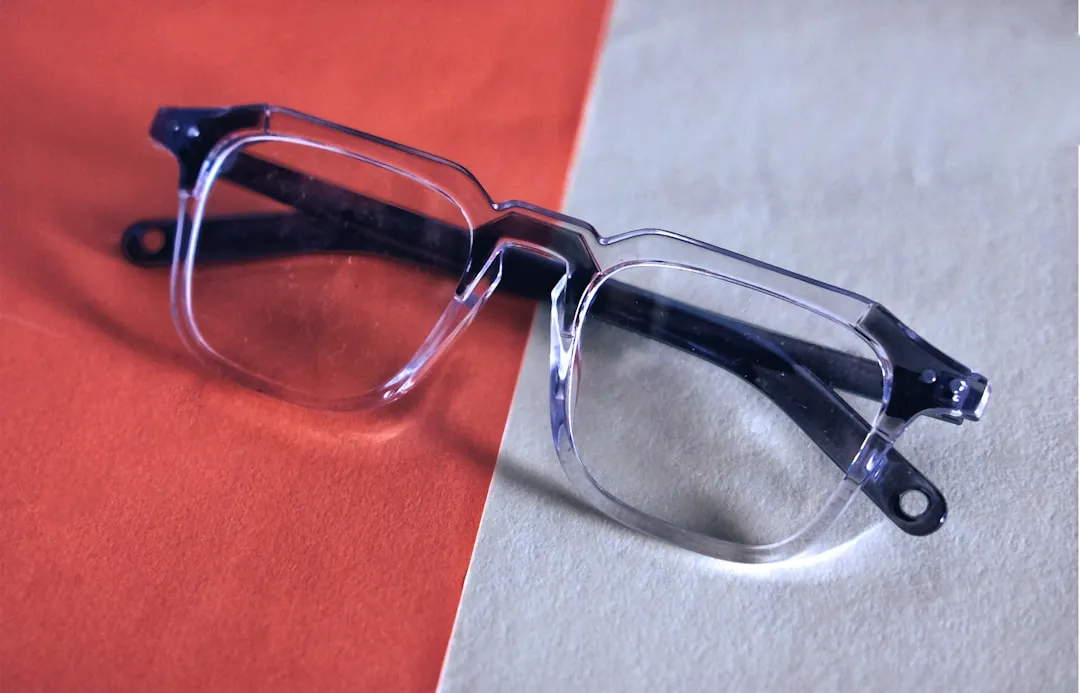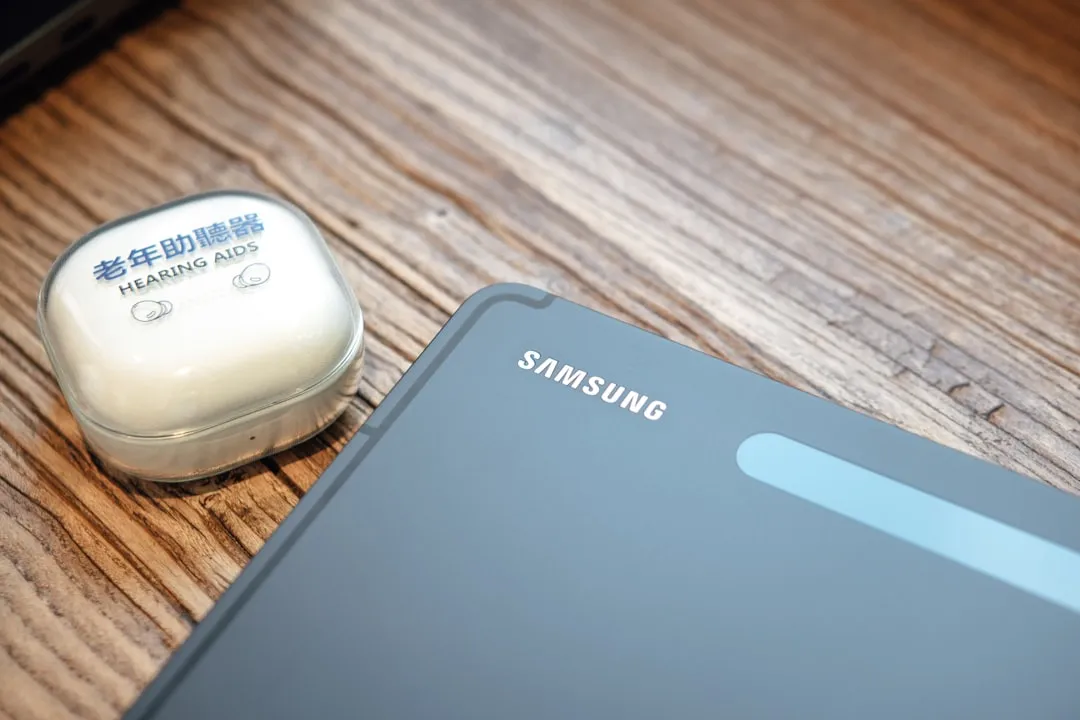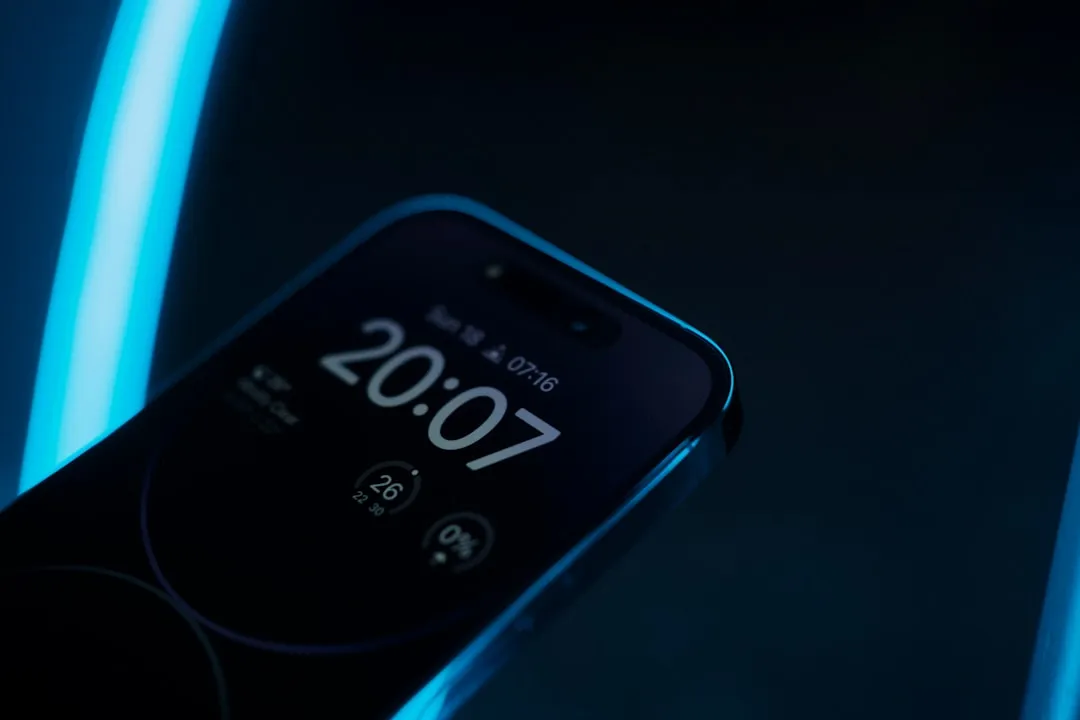So far, consumer augmented reality headsets haven't found mainstream success. That's primarily because no manufacturer has managed to hit the sweet spot between slim form factor, performance, and affordability.
So when you hear that a Norwegian company called Ludenso is offering a $99 augmented reality headset called MagiMask, you'd, understandably, sit up and take notice. That is, until you see the product.
MagiMask (not magic, but like The Gift of the Magi, I guess) is a pass-through augmented reality headset that derives its computing power and display from an inserted iPhone or Android smartphone. So basically, it's the equivalent of a Samsung Gear VR or Google Daydream headset with a window for the camera to see out of the other side. However, instead of stereoscopic lenses magnifying the smartphone display, MagiMask has developed a single lens that offers a full-screen view.
The device also has its own ready-made ecosystem of mobile AR apps, including those running ARKit and ARCore apps. Nonetheless, MagiMask also comes with a set of AR markers, including a tile, a deck of cards, and a box (not unlike the Merge Cube), upon which developers can create AR experiences.
MagiMask is available for "pre-order" now via Kickstarter. A company spokesperson notes that the product is scheduled to ship in the first quarter 2019 regardless of the crowdsourcing campaign's results.
In making its case for MagiMask, Ludenso argues that, while mobile AR currently dominates the consumer landscape, the experience is not as immersive as AR should be, as the field of view for AR apps via a smartphone or tablet device screen is limited.
And that's a valid argument against mobile AR, which continually feels like a stepping stone towards truly immersive AR via smartglasses. For instance, an otherwise well constructed game like The Machines feels limited by the need for players to hold a smartphone in front of their face.
The solution to the problem of mobile AR, however, is not an oversized VR headset with a peephole that creates some kind of "sunken place" view on reality. How exactly does this facilitate AR navigation or scanning content triggers in stores?
The MagiMask also doesn't account for the many (actually, most) mobile AR apps that use onscreen touch controls. When Next Reality asked the company about this area, we were given a lengthy comment on the general progress made in handtracking solutions like Leap Motion, but none of what we were told effectively addressed the issue of using existing mobile AR apps with onscreen touch controls while using the MagiMask.
So in general, when it comes to most mobile AR apps already on the App Store, the device is mostly a passive viewing tool (perhaps good for museum exhibits, art shows, and the like).

Another reason to hate the notch.
In the end, while MagiMask manages to check off boxes for price and performance (though smartphones are still underpowered compared to what devices like the Magic Leap One are packing), Ludenso ignores the form factor requirement. As it stands, the does device nothing to bring AR out of the home and into the real world.
So if you can get past the ridiculousness of the headset (and $99 is chump change in the context of tech items nowadays), maybe this is a worthwhile purchase for you. Or maybe you are better served spending a bit more on a DreamGlass, or saving your money for a HoloLens or Magic Leap One.
Better yet, maybe you should just be patient and wait for the arrival of true consumer AR wearables like the rest of us.
Additional reporting by Adario Strange
- Follow Next Reality on Facebook, Twitter, Instagram, YouTube, and Flipboard
- Sign up for Next Reality's daily, weekly, or monthly newsletters
- Follow WonderHowTo on Facebook, Twitter, Pinterest, and Flipboard
Cover image via Ludenso/YouTube




























Comments
Be the first, drop a comment!